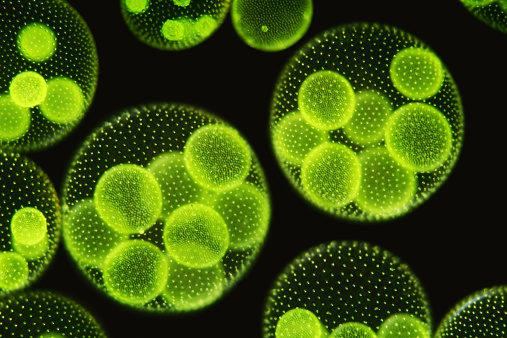In a presentation and panel discussion moderated by WholeFoods editor/associate publisher Kaylynn Chiarello-Ebner, several experts shared perspectives on the use of natural versus synthetic astaxanthin. A carotenoid naturally found in microalgae, astaxanthin is known as a potent antioxidant.
The session, titled, ““Synthetic Nutraceutical Ingredients: ‘Nature Identical’ or Potentially Harmful and Ineffective,” was organized by the newly formed Natural Algae Astaxanthin Association (NAXA). It featured author and preventive medicine expert Robert Corish, M.D., author Suzy Cohen, R.Ph., Neal E. Craft, Ph.D., president of Craft Technologies, Inc., and Marc Ullman, attorney at Ullman, Shapiro & Ullman LLP, an expert on U.S. Food and Drug Administration (FDA) matters.
In contrasting natural and synthetic astaxanthin and advising consumers and retailers to consider the natural form, Corish used aluminum foil as an analogy. He displayed a flat sheet of foil, and then crumpled it up into a ball, noting that despite the change in shape, it remained chemically the same substance. In a similar way, he argued, though synthetic astaxanthin is claimed to be “nature identical” to the natural form, the effect on the body of a slightly different molecule can be hard to predict. He and others emphasized that the lack of human clinical safety data on synthetic astaxanthin, in contrast with compelling safety data on natural astaxanthin, is reason to steer clear of synthetic for now.
Ullman referred to what he felt the legal ramifications of this astaxanthin question might be, and also advised attendees to lean toward the side of natural. “FDA has made clear that synthetic botanicals are not allowed in dietary supplements,” he said repeatedly. Cohen advised that for supplements in general, erring on the side of what comes from nature is a good policy. The session was followed by a Q&A, where some challenged the notion of differences between the two forms of astaxanthin. Cornish answered, in part, that consumers and retailers may want to be wary of residual, unwanted substances left on synthetic ingredients from the manufacturing process.
Published in WholeFoods Magazine, May 2014










